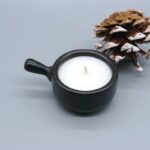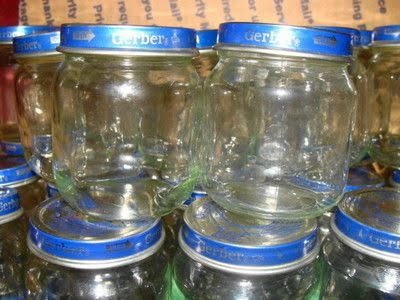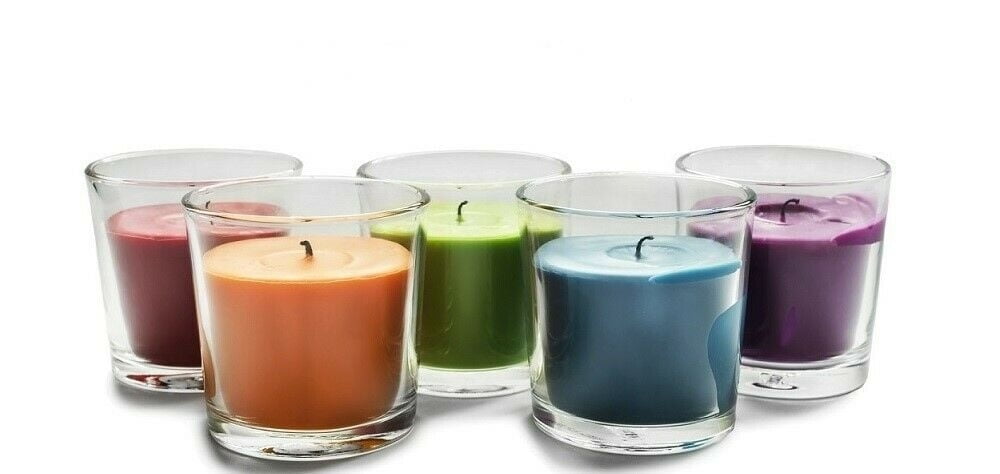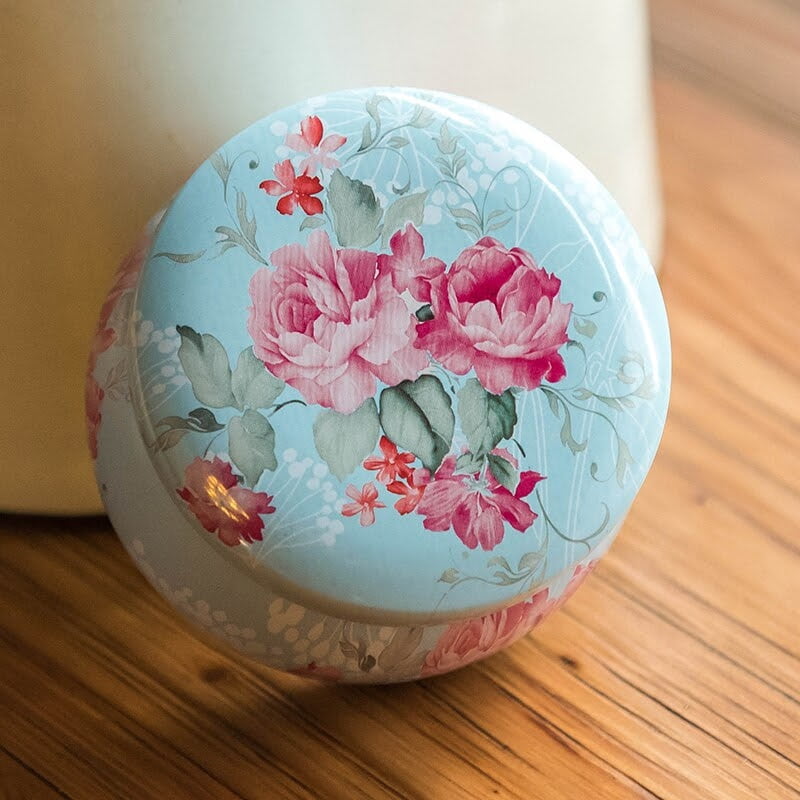Are you wondering how to wash candle making supplies? Keeping your candle making supplies clean is essential for producing high-quality candles. Clean supplies can prevent contamination and ensure that your candles burn evenly and safely. In this article, we will discuss the importance of washing candle making supplies and the impact of clean supplies on candle quality.
When it comes to making candles, having clean supplies is crucial for achieving the desired results. Dirty supplies can introduce impurities into the wax, affecting the quality and appearance of your candles. By thoroughly washing your candle making supplies, you can maintain a high standard of cleanliness and create beautiful, long-lasting candles.
In the following sections, we will provide a step-by-step guide on how to wash different types of candle making supplies, including wax pots, pitchers, molds, containers, mixing utensils, and tools used in the candle making process. Additionally, we will discuss safety precautions for handling cleaning materials and provide tips on drying and storing cleaned supplies. Let’s dive into the world of maintaining clean candle making supplies.
Materials Needed for Washing Candle Making Supplies
When it comes to washing candle making supplies, having the right materials is crucial to ensure that your supplies are properly cleaned and ready for future use. Here are the essential materials you will need for washing your candle making supplies:
Materials Needed:
– Dish soap: Choose a gentle dish soap that can effectively remove wax and oil residue from your supplies.
– Hot water: Hot water helps to melt and loosen any stubborn wax or oil on your supplies, making it easier to clean.
– Soft-bristled brush or sponge: Opt for a non-abrasive brush or sponge to scrub away any remaining wax or residue without damaging your supplies.
– Vinegar: A natural alternative to dish soap, vinegar can help break down wax and oil buildup on your supplies.
– Baking soda: Use baking soda as a gentle abrasive cleaner to tackle tough residue on surfaces like candle molds and containers.
Eco-friendly Options:
If you prefer eco-friendly cleaning solutions, consider using alternatives such as:
1. Lemon juice: The acidity in lemon juice can help cut through grease and grime on your candle making supplies.
2. Essential oils: Certain essential oils like tea tree oil and lavender have natural antibacterial properties that can aid in cleaning your supplies.
By ensuring that you have these materials on hand, you can effectively clean your candle making supplies with ease while also being mindful of the environment. Whether using traditional cleaning agents or eco-friendly options, having the proper materials is key to achieving clean and quality candle making supplies.
For further details about how to wash candle making supplies – including step-by-step guides for different types of supplies and important safety precautions – be sure to refer back to the main article content.
Pre-Cleaning Preparations
Preparing the Work Area
Before beginning the process of washing candle making supplies, it is essential to prepare the work area to ensure a smooth and efficient cleaning process. Start by clearing any clutter or unnecessary items from the workspace to create room for the cleaning materials and supplies. It is also recommended to cover the work surface with a protective layer, such as newspaper or a plastic tablecloth, to prevent any potential spills or messes.
Organizing and Sorting Supplies
To make the cleaning process more manageable, sort through the various candle making supplies and organize them into categories. For example, separate wax pots and pitchers from molds and containers, as they may require different cleaning methods. Additionally, gather all mixing utensils and tools used in the candle making process for easy access during cleaning. By organizing and sorting the supplies beforehand, you can streamline the washing process and avoid confusion when addressing each type of supply.
Tips for Eco-Friendly Washing Solutions
In line with promoting sustainability in candle making practices, consider using eco-friendly washing solutions for cleaning supplies. For instance, natural ingredients such as vinegar and baking soda can be effective in removing wax residues from pots, pitchers, and utensils. Furthermore, opting for biodegradable soaps or detergents can minimize environmental impact while still achieving thorough cleanliness. By incorporating eco-friendly washing solutions into your pre-cleaning preparations, you can contribute to sustainable practices within the candle making community.
Cleaning Process for Different Types of Candle Making Supplies
Step-by-Step Guide on How to Clean Wax Pots and Pitchers
Cleaning wax pots and pitchers is an essential part of maintaining the quality of candle making supplies. To begin, scrape out as much leftover wax as possible using a paper towel or scraper. Once the majority of the wax has been removed, wash the pot or pitcher with hot, soapy water.
Use a sponge or scrub brush to ensure that all residual wax is removed from the surface. For stubborn spots, consider using a small amount of rubbing alcohol or vinegar to break down the wax before washing again with soapy water. Rinse thoroughly and allow the pot or pitcher to air dry completely before using it for your next batch of candles.
Instructions for Cleaning Candle Molds and Containers
Before cleaning candle molds and containers, make sure all excess wax has been removed by gently tapping them upside down onto a paper towel. Once most of the wax is gone, soak the molds and containers in hot water with mild detergent to help loosen any remaining residue. Use a soft brush or sponge to scrub away any stubborn spots.
If there are still traces of wax after washing, consider using an eco-friendly solvent like citrus-based cleaner or vegetable oil to break down the remaining residue. Thoroughly rinse and dry each mold and container before storing them for future use.
Methods for Cleaning Mixing Utensils and Tools Used in the Candle Making Process
When it comes to cleaning mixing utensils and tools used in candle making, it’s important to remove any waxy buildup that could potentially contaminate future batches of candles. Begin by scraping off excess wax from each tool, then wash them with hot, soapy water while using a sponge or brush to remove any remaining residue. If necessary, soak the utensils in hot water with mild detergent before scrubbing.
Pay close attention to crevices where leftover wax may hide. After washing, rinse thoroughly and ensure that all tools are completely dry before putting them away for next use.
By following these step-by-step instructions for cleaning different types of candle making supplies, you can maintain the quality of your materials and ensure that they are ready for future use in your candle making endeavors.
Safety Precautions for Washing Candle Making Supplies
Washing candle making supplies is an essential step in the candle making process. Clean supplies ensure that your candles are of high quality and free from any unwanted substances. It is important to follow proper procedures when washing your candle making supplies to avoid any contamination that could affect the final product.
When washing your candle making supplies, it is important to consider safety precautions to ensure a smooth and risk-free process. Always wear protective gloves to avoid direct skin contact with cleaning materials and hot water. Additionally, using proper eye protection is recommended, especially when dealing with cleaning agents that may cause irritation if they come into contact with your eyes.
Proper ventilation during the washing process is also crucial. This helps in preventing inhalation of any fumes from cleaning agents, especially those used to remove stubborn wax residues. Ensuring that you are working in a well-ventilated area can significantly reduce the risk of exposure to harmful chemicals.
| Safety Precautions | Importance |
|---|---|
| Wear protective gloves | To avoid direct skin contact with cleaning materials |
| Use eye protection | To prevent irritation from cleaning agents |
| Ensure proper ventilation | To reduce the risk of exposure to harmful chemicals |
Drying and Storing Cleaned Candle Making Supplies
After successfully cleaning your candle making supplies, the next crucial step is to ensure that they are thoroughly dried and stored correctly. Properly dried and stored supplies will maintain their quality and be ready for use when you need them for your next candle making project.
To effectively dry washed supplies, make sure to place them on a clean, dry surface where air can circulate freely around them. This will help prevent any moisture from lingering and potentially causing issues with your future candle creations. Depending on the material of the supplies, it may take some time for them to fully dry, so be patient throughout this process.
When it comes to storing clean candle making supplies, it’s essential to keep them in a cool, dry place away from direct sunlight. This will help prevent any potential damage or degradation of the materials over time. Additionally, consider using storage containers or bins to keep everything organized and protected from dust or other contaminants that could affect their cleanliness.
Lastly, always double-check that the supplies are completely dry before storing them as any leftover moisture could lead to mold or mildew growth. Keeping your candle making supplies properly dried and stored will ensure that they stay in excellent condition for future use.
| Candle Making Supplies | Drying Time | Storage Recommendations |
|---|---|---|
| Wax Pots and Pitchers | 2-3 hours | Airtight containers in a cool, dark place |
| Candle Molds and Containers | 4-6 hours | Covered shelves or storage boxes away from sunlight exposure |
| Mixing Utensils and Tools | 1-2 hours | Hung or stored in tool racks to prevent dust accumulation |
Troubleshooting Common Issues While Washing Candle Making Supplies
When it comes to washing candle making supplies, sometimes things don’t go as smoothly as planned. Whether it’s stubborn wax residues or difficult-to-clean materials, troubleshooting these common issues is an essential part of the cleaning process. Here are some solutions and advice for dealing with these problems:
- Stubborn Wax Residues
- Difficult-to-Clean Supplies
Sometimes, wax residues can be quite challenging to remove from candle making supplies. If you’re dealing with stubborn wax residues, try placing the affected items in the freezer for a few hours. The cold temperature will cause the wax to become brittle, making it easier to scrape off using a plastic scraper or a dull knife.
For supplies that are particularly difficult to clean, such as molds or containers with intricate designs, consider using a cleaning solution specifically designed for candle making materials. Look for eco-friendly options that are gentle on the environment but tough on wax residues. Alternatively, you can create your own cleaning solution using natural ingredients like vinegar and baking soda.
By following these troubleshooting tips, you can effectively tackle common issues encountered while washing candle making supplies.
Remember that regular maintenance and proper cleaning techniques can help extend the lifespan of your candle making supplies and ensure the quality of your candles remains at its best. Now that you have learned how to troubleshoot common issues during the washing process, you are better equipped to keep your candle making supplies in top condition for all your future projects.
Maintaining Cleanliness of Candle Making Supplies
In conclusion, maintaining the cleanliness of your candle making supplies is crucial for producing high-quality candles. By following the steps outlined in this article, you can ensure that your materials are properly washed and stored, ultimately improving the overall candle making process. From pre-cleaning preparations to safety precautions and troubleshooting common issues, we have covered all aspects of washing candle making supplies.
One important aspect to highlight is the impact that clean supplies have on the quality of your candles. Residual wax or dirt in your materials can negatively affect the appearance and fragrance of your candles. By regularly cleaning and maintaining your supplies, you can avoid these issues and create candles that meet your standards.
Additionally, establishing a routine for regular supply cleaning is essential for extending the lifespan of your candle making supplies. By following our tips for drying and storing cleaned supplies, as well as utilizing eco-friendly washing solutions, you can ensure that your materials remain in good condition for future use.
Overall, proper maintenance of your candle making supplies is key to successful and enjoyable candle crafting experiences. Remember to always refer back to this guide whenever you need a refresher on how to wash candle making supplies.
Frequently Asked Questions
How Do You Clean Candle Making Supplies?
The best way to clean candle making supplies is by using hot water and dish soap. For wax residue, you can use a paper towel to wipe the excess wax off before washing with soapy water. It’s important to make sure all equipment is thoroughly dry before using it again for making candles.
What Is the Best Way to Wash Candle Wax?
When it comes to washing candle wax, the best method is to use hot water and dish soap. Let the wax-covered items soak in hot, soapy water for some time, and then use a sponge or cloth to scrub off the softened wax.
If there are stubborn spots, gently scraping them with a plastic scraper can also help remove the wax.
How Do You Clean Candle Jars Completely?
To completely clean candle jars, start by placing them in the freezer for a few hours. This will harden the remaining wax inside the jar, making it easier to remove.
Once hardened, carefully chip away at the wax with a butter knife or spoon and discard it. Then wash the jar with hot, soapy water and let it air dry before using it for anything else.

Welcome to my candle making blog! In this blog, I will be sharing my tips and tricks for making candles. I will also be sharing some of my favorite recipes.





